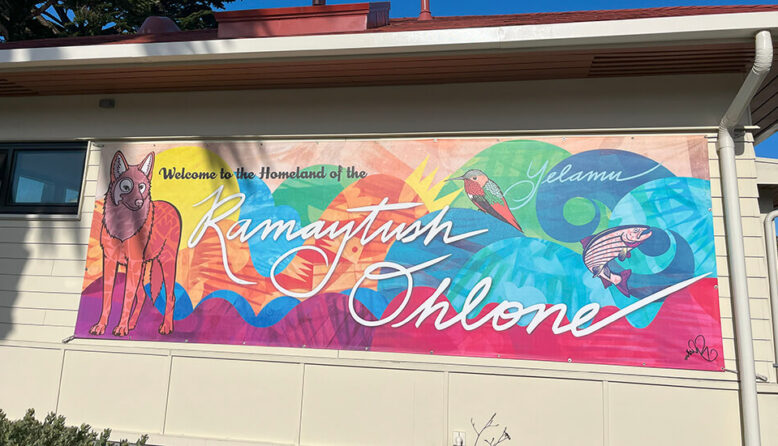From coast to coast, we at HI USA are incredibly grateful to call so many beautiful places home, and to help our guests learn about the local people and cultures who shape these communities. In celebration of Native American Heritage Month, we’re highlighting ways you can learn about the indigenous people, both local and nation-wide, who have long occupied and continue to live in cities across the United States. From historic artifacts, to contemporary art, in-person cultural events, and even food, here are a few ways to start your exploration.
San Francisco
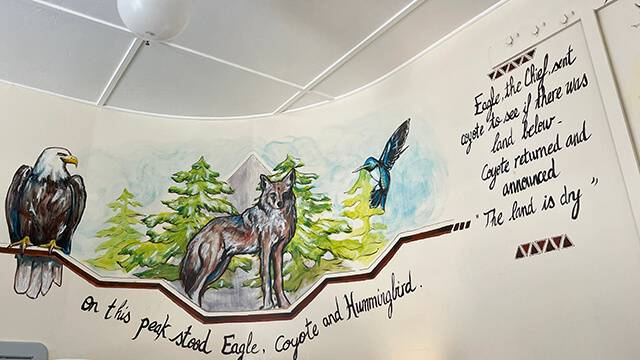
The San Francisco Bay Area was, and still is, home to many tribes within the Ohlone collective. San Francisco itself sits on Ohlone land and, particularly in the city’s Presidio (part of the National Parks Service), you can begin to learn more about the Ohlone and the diversity within its groups. At the Presidio Officer’s Club, be sure to visit the Presidio Heritage Gallery, which tells the story of the area’s human history.
Across the Bay to the east, the Oakland Museum of California’s Gallery of California History walks visitors through the state’s past, beginning with its indigenous people. The gallery showcases Native American artifacts from seven different regions in California, with stories from contemporary Native people to shed light on their importance and add context.
Through June of 2025, the museum will also host the exhibit “Born of the Bear Dance: Dugan Aguilar’s Photographs of Native California.” Featuring work made between 1982 and 2018, the exhibit brings to life a more contemporary portrait of Native American life and the continuances of indigenous traditions, ceremonies, and arts. The exhibit also includes video, audio, and narratives from Indigenous artists, activists, elders, and community members.
From the museum, it’s just 10 minutes by BART train to Wahpepah’s Kitchen. The restaurant’s owner is a member of the Kickapoo nation of Oklahoma who grew up in the Bay Area, and her mission is to both reclaim Native food ways and educate the wider community on the health benefits of Native food ways. The restaurant gets its ingredients from Indigenous sources, and you can expect to find foods including bison, heirloom corn, fry bread, and more on the menu depending on the season.
Sacramento
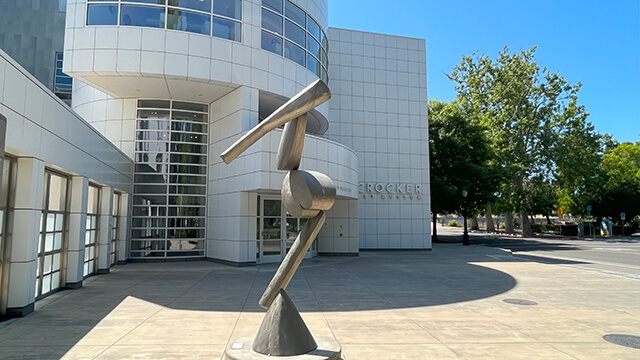
In California’s capital, the Crocker Art Museum is a world-class museum full of art and artifacts spanning centuries and continents. California and the American Southwest are particularly well represented in the Crocker’s collection, and that includes a wide range of Native American art. From centuries-old pottery and baskets, to paintings, sculpture, and photography from contemporary Native American artists, the collection is a wonderful introduction to both ancient traditions and the way they inform artworks dealing with modern-day issues.
Chicago
Currently undergoing a rebrand that will include a new name, the Mitchell Museum of the American Indian is a majority Native-led organization that focuses on the histories, cultures, and modern-day contributions of Chicago’s Native community, as well as of tribes from across the Great Lakes area. In addition to its permanent exhibits, the museum hosts seasonal artist’s markets where visitors can meet and support Native artists and entrepreneurs. The museum is located just outside of Chicago in Evanston, which you can reach by taking the purple line L from downtown Chicago.
New York City
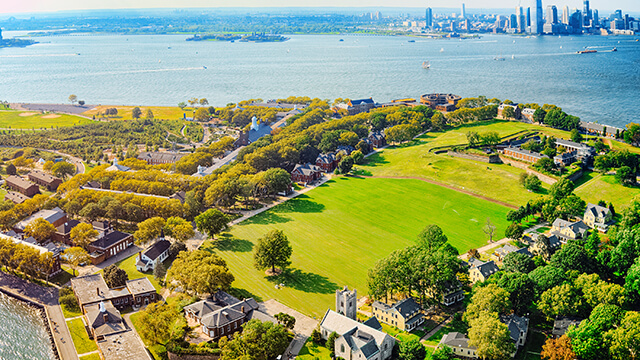
The Smithsonian’s National Museum of the American Indian has a location in New York City comprising artifacts and stories from tribes all across the Western Hemisphere. Head way downtown to Manhattan’s Battery neighborhood and discover how the NMAI is working in partnership with Indigenous communities to tell their stories.
From the museum, it’s only a five-minute walk to the ferry terminal for Governor’s Island, where public art installations, nonprofit organization headquarters, and stunning views mix. Before you go, be sure to check out what’s going on at the American Indian Community House, where you can attend performances, learn from exhibits, and meet artists in residence. The AICH strives to elevate the visibility of Native Americans in New York City’s urban setting; currently AICH membership counts members of over 72 tribes.
Martha’s Vineyard
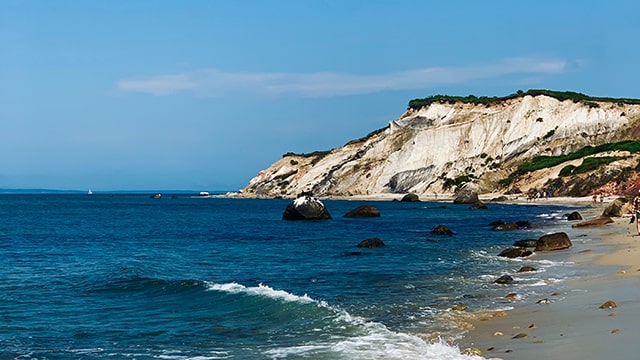
No visit to the island of Martha’s Vineyard is complete without taking in the breathtaking sunset views from the Aquinnah cliffs. But be sure to get there well before sunset if you’d like time to learn more about the area and its history. The Aquinnah area, and all of Martha’s Vineyard, have been home to the Wampanoag people for over 12,000 years. Today, the Aquinnah Cultural Center continues to “preserve, educate, and document the Aquinnah Wampanoag self-defined history, culture and contributions past, present and future.” The cultural center hosts events and workshops for local tribal families, and its Wampanoag history museum is open to the public.
